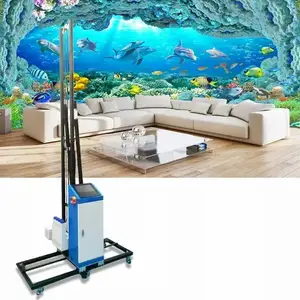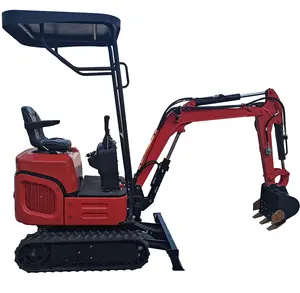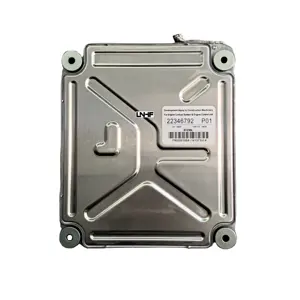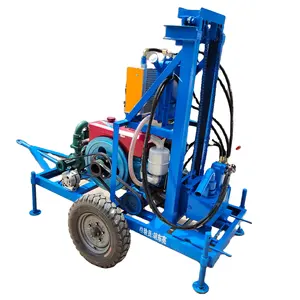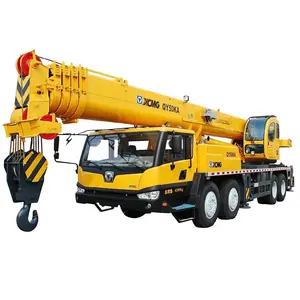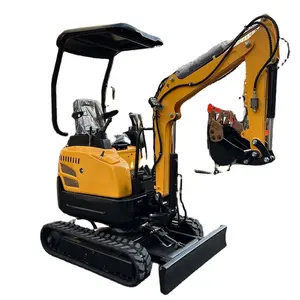Popular in your industry













































































Related Searches:









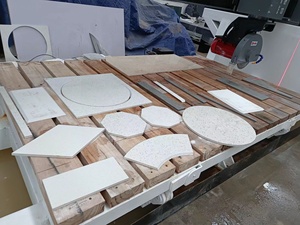







































































































Top categories
About 3d marble cutter
Understanding the 3D Marble Cutter
The 3D marble cutter stands as a specialized tool within the stone machinery category, designed for precision cutting of marble. This sophisticated equipment caters to a variety of applications, from intricate artistry to robust construction needs. Its ability to navigate complex cuts and patterns makes it an indispensable asset in the stone processing industry.
Types and Applications
There are multiple types of marble cutting machines, each suited to specific tasks. From tabletop models for small-scale projects to industrial CNC machines for larger operations, the range is extensive. These cutters are not limited to marble alone; they can also handle various stone types, making them versatile tools in stone masonry and construction projects.
Features and Precision
A 3D stone engraving machine boasts features that enable intricate designs on marble surfaces. With advanced calibration, these machines offer unparalleled precision. The cutters come equipped with features that allow for both 2D and 3D cutting, accommodating different levels of complexity in design work.
Material Handling and Efficiency
Efficiency in material handling is crucial, and a CNC stone router is designed to optimize this. The machinery's ability to minimize waste while maximizing material usage is a key consideration for businesses looking to maintain both economic and environmental efficiency.
Advantages of Technological Integration
The integration of technology in stone CNC machinery provides significant advantages. Automation in these machines reduces the need for manual intervention, ensuring consistent quality and reducing the potential for human error. This technological advancement is a game-changer for those in the stone cutting industry.
Selecting the Right Equipment
Choosing the right marble engraving machine involves considering factors such as production capacity, precision requirements, and the complexity of the designs to be cut. It is essential to assess the specifications of each machine, such as power ratings and automation capabilities, to ensure the equipment meets the specific needs of the task at hand.
